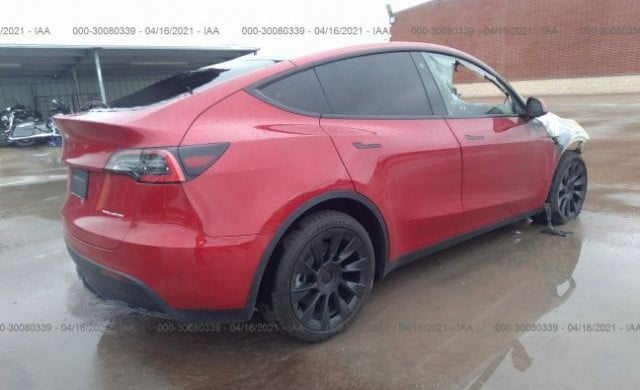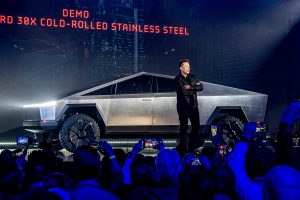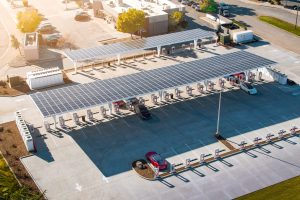One of the most remarkable things about Tesla’s facilities is that they progressively get better. The company’s purchase of the Fremont Factory allowed it to transition from a niche sports car maker into one that made mid-volume production cars. Giga Shanghai took this a step further by coming right out of the gate with the mass production of the Model 3, and later on, the Model Y.
The production ramp of Gigafactory Shanghai and the speed upon which the facility went online remains unmatched among Tesla’s production sites today, at least until Gigafactory Texas starts its operations. Interestingly enough, Tesla China actually managed to keep most of Giga Shanghai’s operations hidden from public view. Press tours were conducted with local media outlets from time to time, but the facility’s battery pack and electric motor production lines have mostly been kept hidden.
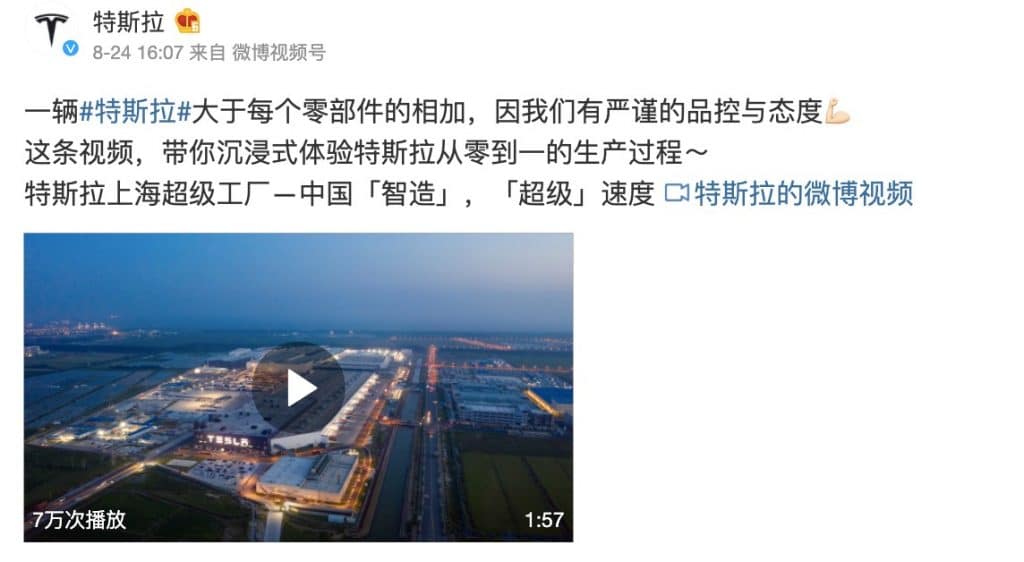
That is, at least, until today, when Tesla China’s official Weibo account posted a video showcasing some of Giga Shanghai’s specific production areas. This time around, the company opted to feature a good portion of its video on how the Model 3 and Model Y’s battery modules and packs are assembled. A number of great shots featuring the production line for the Model 3 and Model Y’s electric motors were also included.
Tesla China’s Weibo post noted that each Tesla produced in Gigafactory Shanghai is the “sum of its parts” because it follows a “strict quality control and attitude.” The electric vehicle manufacturer further remarked that the 2-minute clip depicts Tesla’s “zero to one production process.”
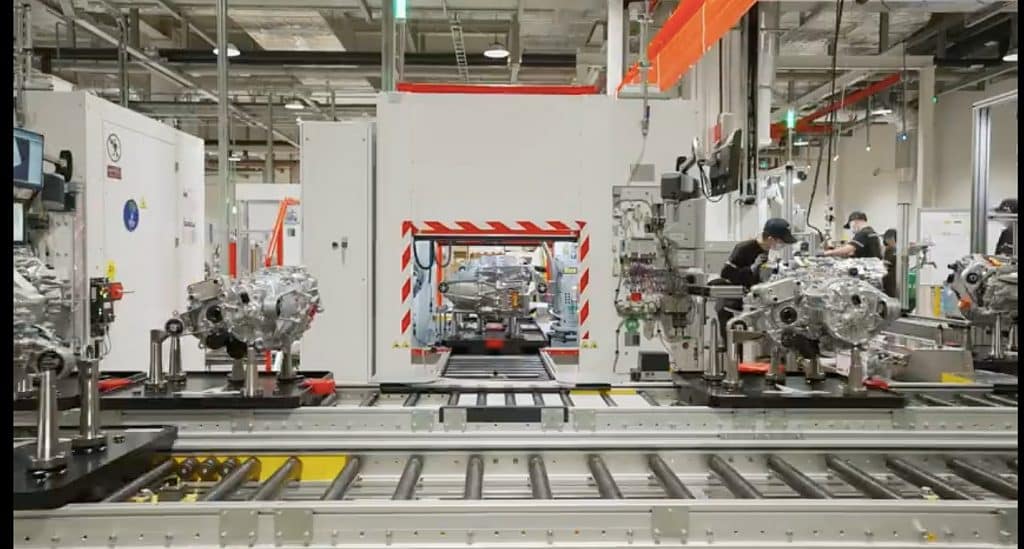
Tesla China’s Model 3 and Model Y are now being exported to foreign territories, and the vehicles themselves are being received fairly well. Among the most common observations among Telsa’s China-made vehicles is that they feature a much more refined build quality than the Model 3 and Model Y produced at the Fremont Factory. The reasons behind these quality discrepancies remain unclear for now, though it may partly be due to the fact that Giga Shanghai was built from the ground up as an EV factory, whereas the Fremont site is a retrofitted facility that was originally designed to produce internal combustion vehicles.
Elon Musk, for his part, seems to be really appreciative of Giga Shanghai’s progress, noting on Twitter that “Tesla China rocks!”

